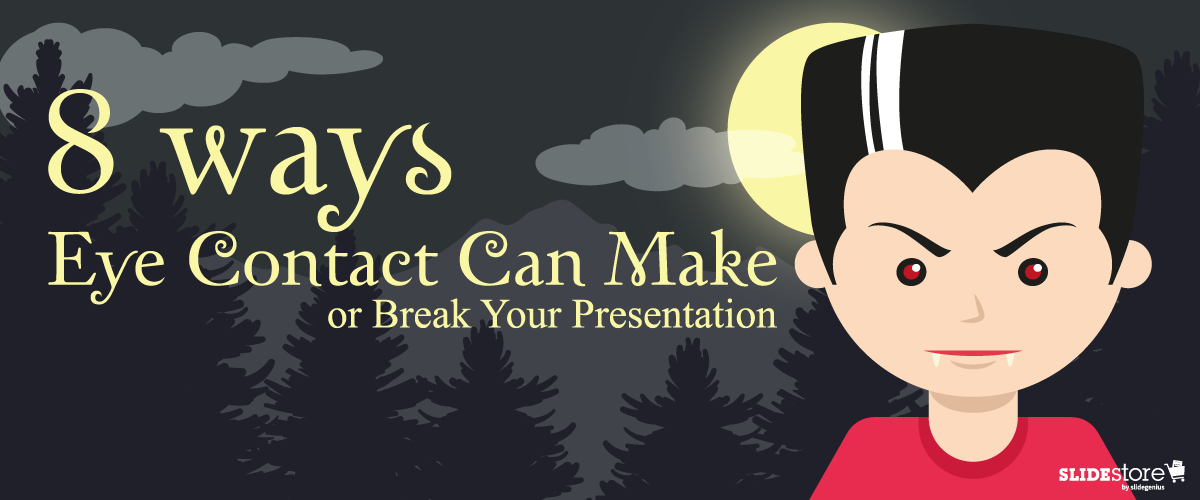“When you are first introduced to people, looking them in the eye or avoiding their gaze will send an instant message,” says an article published in Research Digest titled. Initiating eye connection is a universal premise in public speaking—it ignites a connection between the speaker and the audience. It is the key to coalescing your core message and excellent delivery.
As a presenter, your main goal is to clearly convey a message to your spectators. Whether your presentation tackles business proposals, client projects, or branding strategies, your sole purpose is to turn spectators into customers and engage clients for investments. To do this, you must delve deep into details and begin with an indispensable speaking mantra: eye contact.
Eye Contact During a Presentation
The eyes are the windows to one’s soul. It bears the integrity of your intentions and the authenticity of the subliminal messages you cascade. In hindsight, eye contact establishes an invitation to mentally connect with another person. As a speaker, you must meet your audience’s gaze to show a need to engage while presenting.
Furthermore, establishing eye contact helps you retain your composure while speaking. As you roam your eyes erratically, more visual signals are sent to your brain, which slows it down. Keep in mind that your stance substantiates your authority as a speaker. Stuttering, being lost in thought, and stopping mid-sentence are major no-no’s. These cases devalue your identity as a presenter.
Strengthening the Connection
Calling it “eye contact” can just mean “meeting of the eye” rather than having a genuine connection. To appear warmer, avoid making a superficial look, and initiate an “eye connection” instead. Eye connection means spending more time enthralling each person in the room as if you’re personally talking to them.
By establishing a brief but engaging connection, your spectators would perceive intentionality as you speak. You’d also avoid sounding too technical thus creating a conversational and engaging atmosphere.
Check the infographic below to learn the other pros and cons of eye contact during presentations.
Resources:
Wyeth, Sims. “10 Reasons Eye Contact Is Everything in Public Speaking.” Inc. June 18, 2014. www.inc.com/sims-wyeth/10-reasons-why-eye-contact-can-change-peoples-perception-of-you.html
Jarett, Christian. “The Psychology of Eye Contact, Digested.” Research Digest. November 28, 2016. digest.bps.org.uk/2016/11/28/the-psychology-of-eye-contact-digested
“Eye Contact During a Presentation.” Syntaxis. n.d. www.syntaxis.com/eye-contact-during-a-presentation








